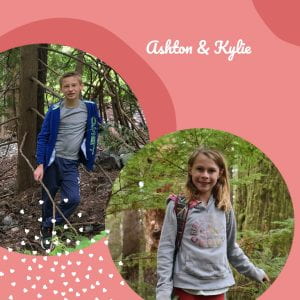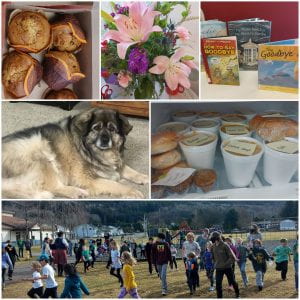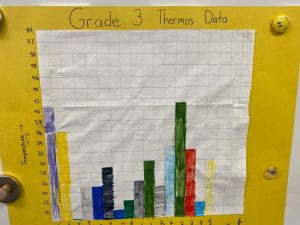
A big stone was dropped in the middle of our community. At first, we saw the splash, and then the ripples started:
A father devastated.
A driver traumatized.
A partner and family crushed.
First responders and clean-up crews heartbroken.
A coroner distraught.
Friends inconsolable.
Classmates confused.
Parents at a loss.
A school administration team walking a tightrope while juggling student welfare, teacher welfare and their own welfare.
Teachers challenged to deal with their own grief while holding young hearts in their hands.
Co-workers and clients who depended on a ray of sunshine in a drugstore, now left in the dark.
Community members frozen in grief, as they were reminded of their own tragic losses.
Highway users stranded. Who missed important appointments? Who were reliving the trauma of being in an accident in the past? Who narrowly missed the collision?
And the ripples keep coming…
It is easy to want to sink to the bottom of that dark pool and perhaps surface only once the ripples have subsided. But staying with the pain and the loss and the sorrow this week, this is what we got to see through all of our tears:

Grief counselors listening to trembling voices at school.
Teachers and support staff showing that it’s OK to be vulnerable, it’s OK to not be OK.
Elementary students creating memory walls as they work through their emotions.
High school students having listening circles to voice the feelings that were stirred up by the ripples.
An old dog named Sadie, comforting kids.
A grieving father coming into the classrooms of his children to listen to the memories of their friends and share their burdens.
Parents and supporters bringing delicious meals for teachers as they navigate a week that was never taught during teacher training.
Community members sending flowers, cards, messages and emails, expressing love and support.
Other schools sending coffee, food and heartfelt notes from students.
A bagpiper dad who came for a preschool St. Patrick’s Day tune, but ended up with preschoolers, K-12 students and teachers skipping around him in joyous abandon.
The whole school wearing tie-dye and camo for the last day of school – trademark looks of Kylie and Ashton.
Grace being extended to all and by all.
This stone will always lay at the bottom of our pool and has forever changed our landscape. We are not the same as before – not as individuals and not as a group. The waters aren’t quiet yet and they might not be for some time, but thank you for being in the water with us: in community, in Christ, in love.




